Acronym PFU NFU UTD ELT common denominator tires to recycle
Acronym PFU NFU UTD ELT common denominator tires to recycle
In the world of waste management, the acronyms PFU, NFU, UTD, and ELT represent a common element: tires to recycle.
But what exactly do these acronyms mean and why are they so important?
PFU – End-of-Life Tires
PFU, or End-of-Life Tires, are tires that have reached the end of their useful life. In Italy, the management of PFU is regulated to ensure they are recycled safely and efficiently, reducing environmental impact.
NFU – Neumáticos Fuera de Uso
The acronym NFU, which in Spanish stands for Neumáticos Fuera de Uso, indicates tires that have reached the end of their useful life and need to be recycled. This term is mainly used in Spanish-speaking countries.
UTD – Used Tyre Derived
UTD, or Used Tyre Derived, indicates materials obtained from the recycling of tires. These materials can be used in various sectors, from construction to the production of new rubber products.
ELT – End-of-Life Tyres
ELT, or End-of-Life Tyres, is an international term that describes tires that can no longer be used for their original purpose. Like PFU, ELT are collected and recycled to reduce environmental impact.
The Importance of Tire Recycling
Tire recycling is essential to reduce waste accumulation and pollution. Recycled tires can be transformed into a variety of useful products, contributing to a circular and sustainable economy.
Conclusion
The acronyms PFU, NFU, UTD, and ELT may seem complex, but they all share a common goal: promoting tire recycling and protecting the environment. Through responsible and innovative management, we can turn a waste problem into a valuable resource.

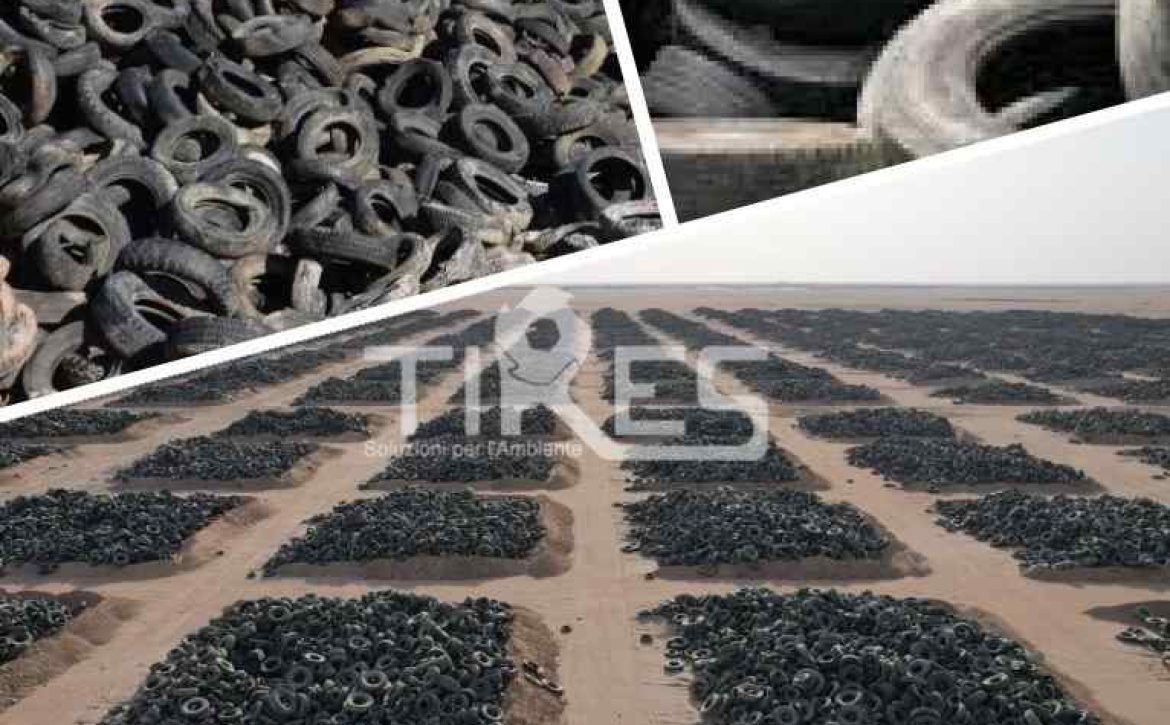
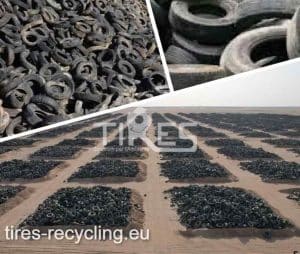
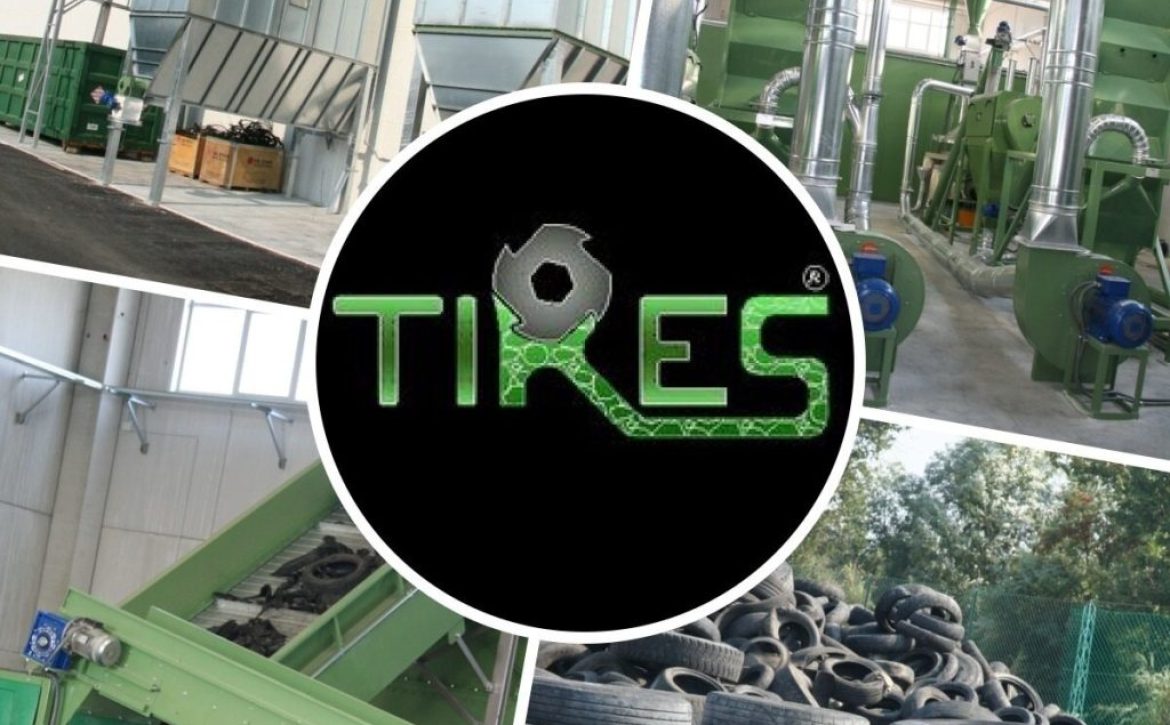
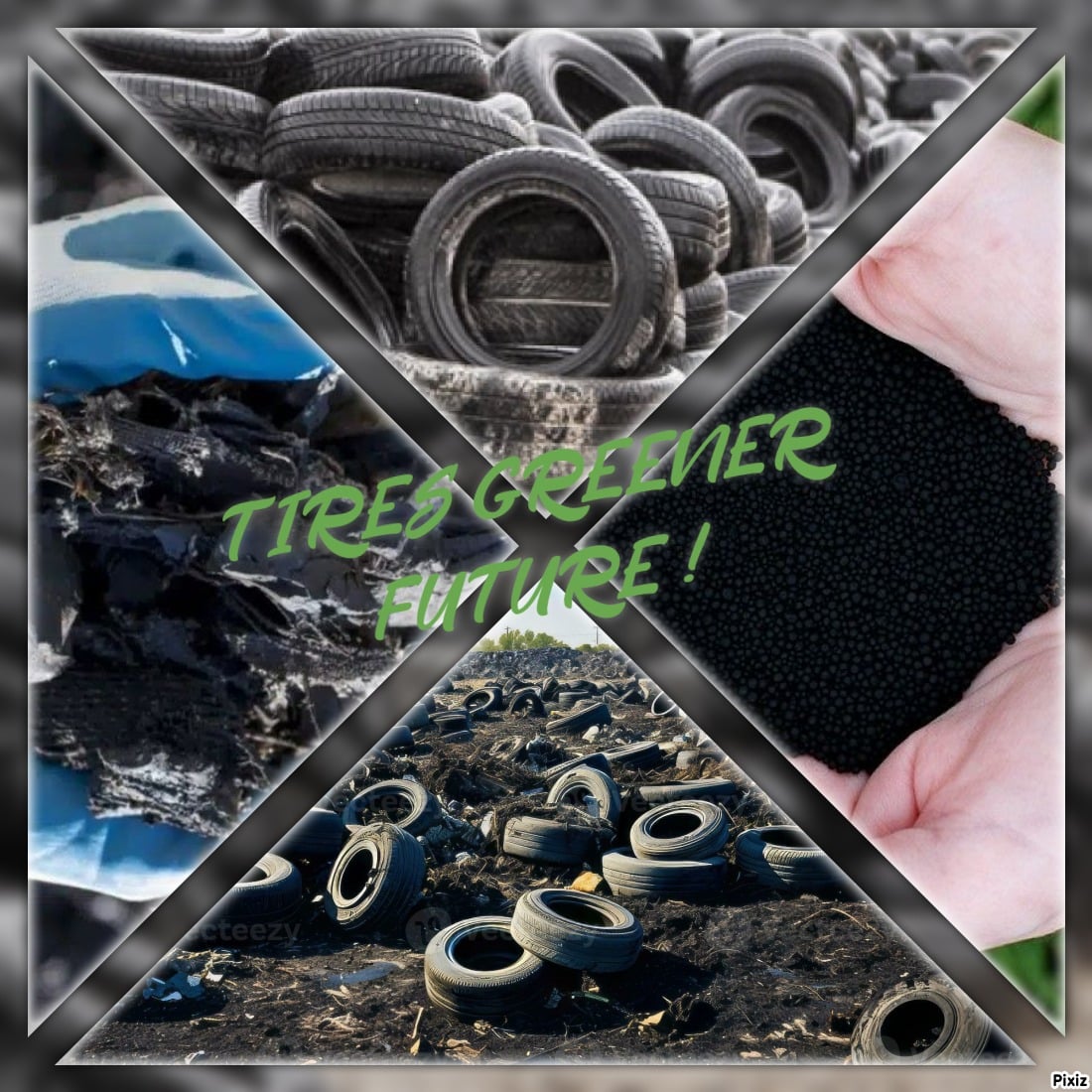
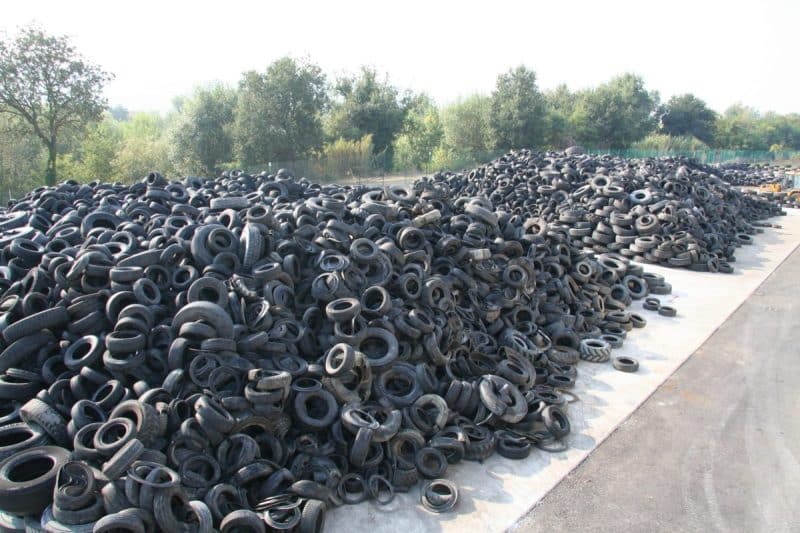
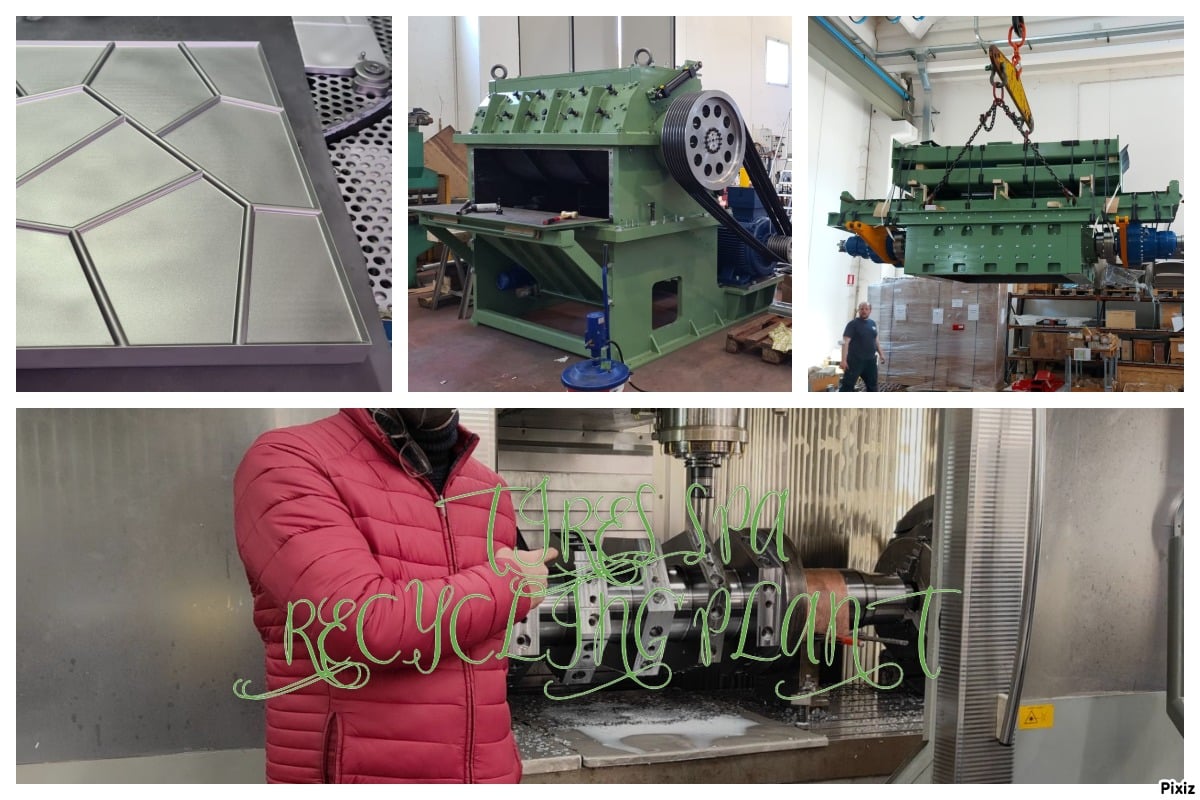
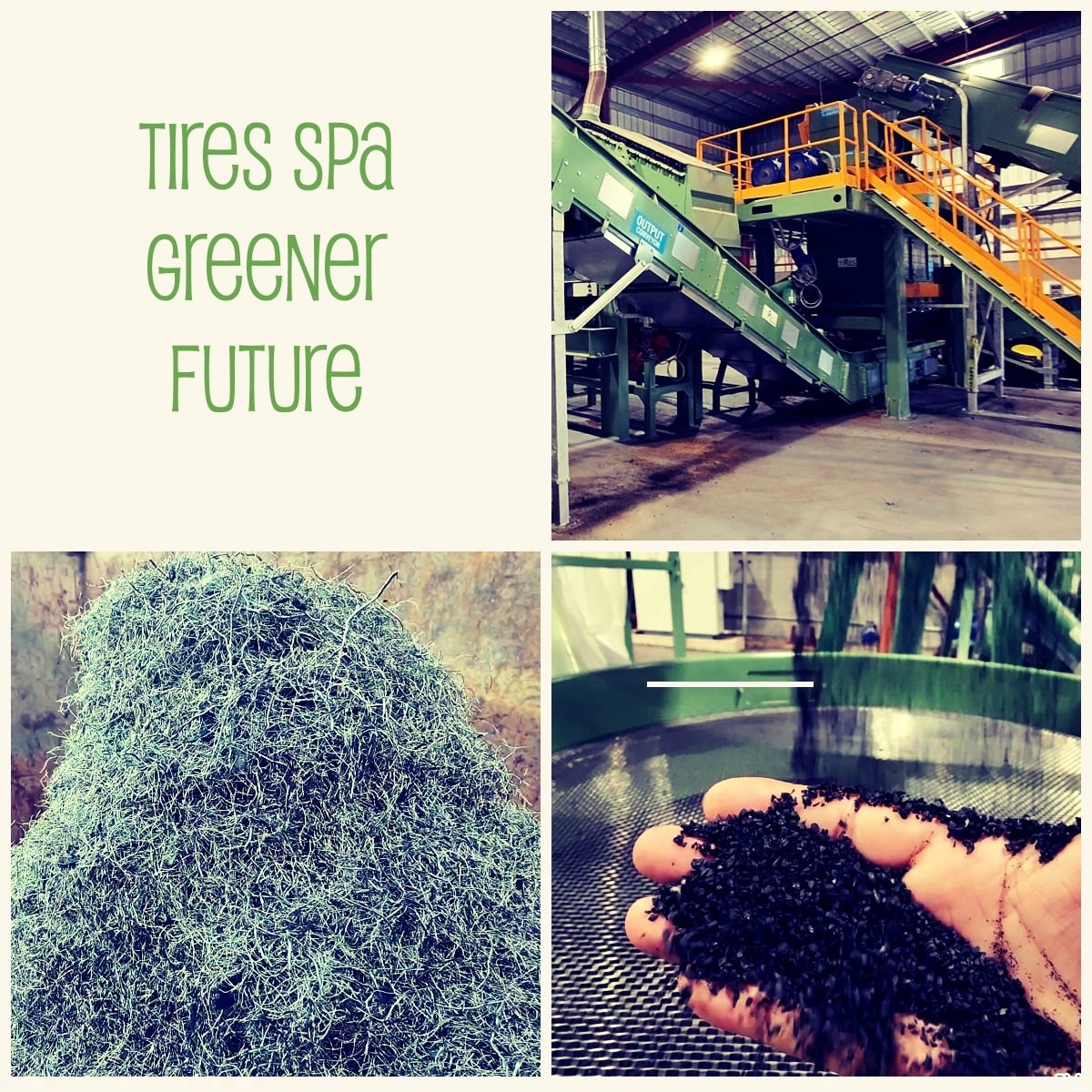
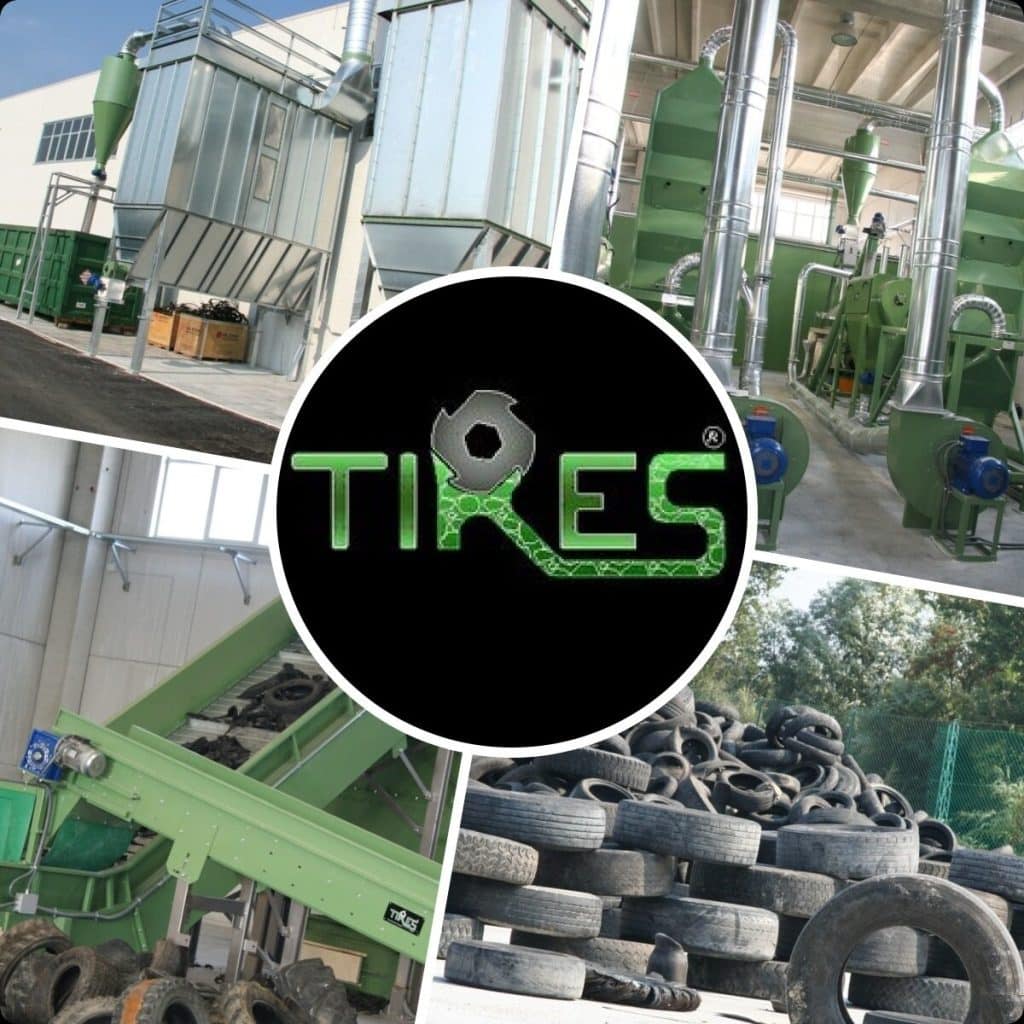
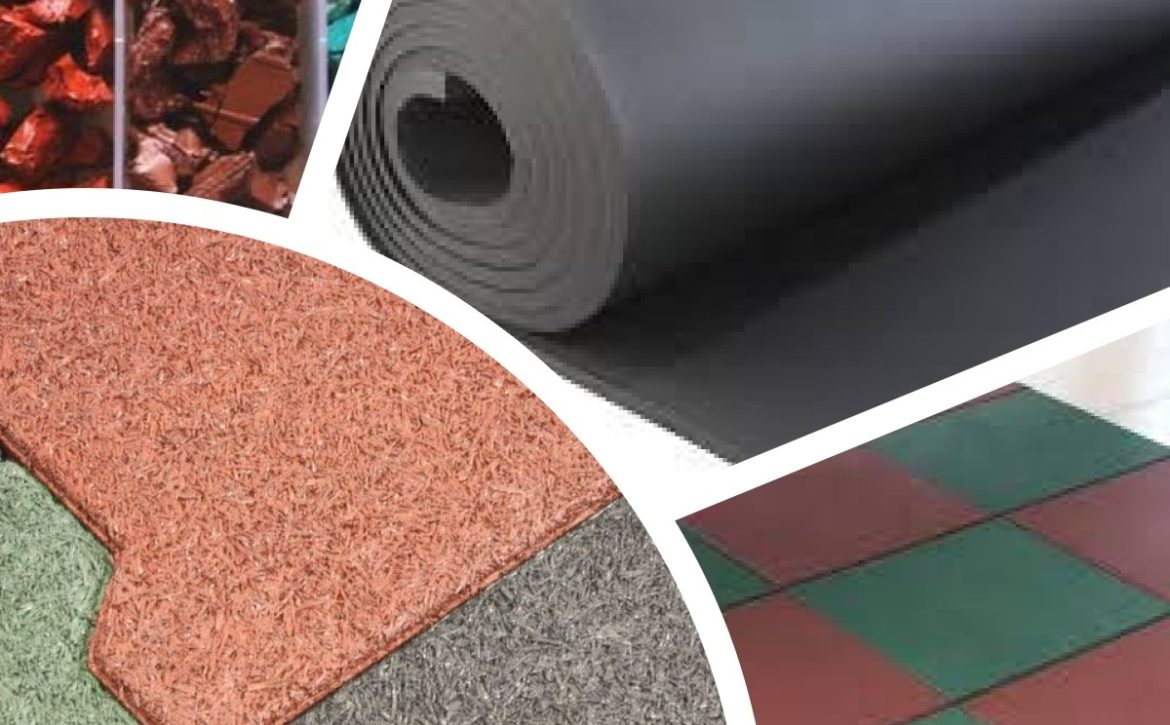
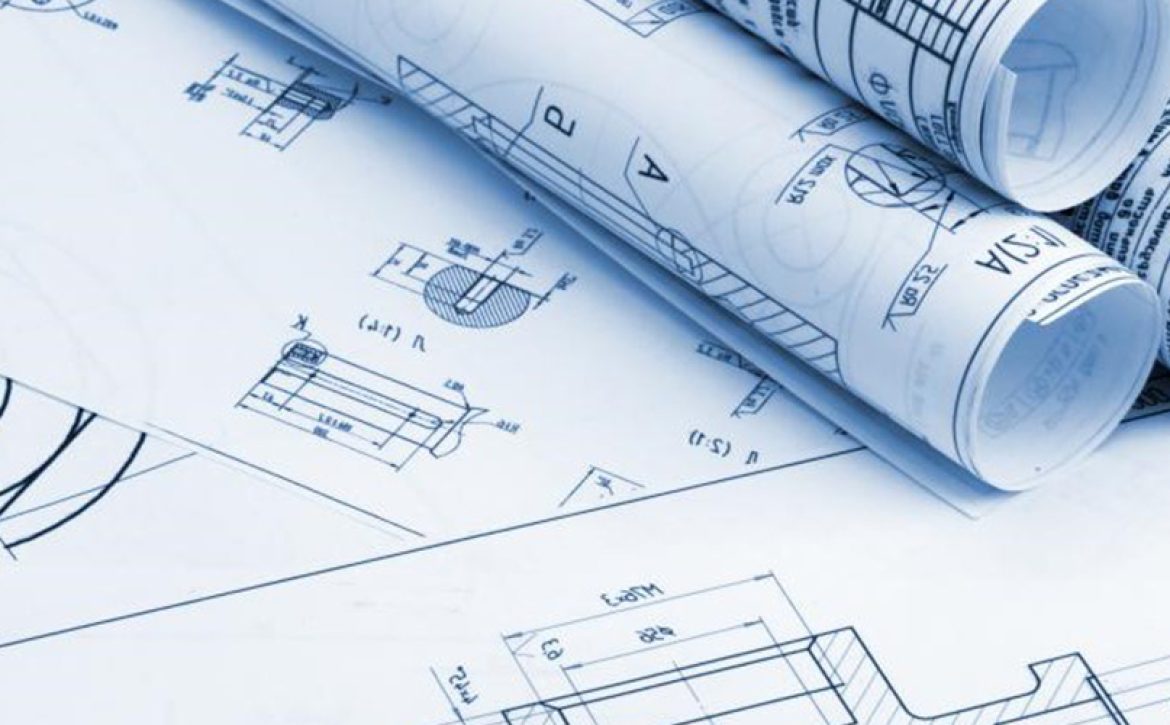
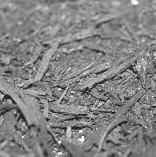 La Polvere di gomma riciclata è un prodotto conosciuto da oltre 60 anni.
La Polvere di gomma riciclata è un prodotto conosciuto da oltre 60 anni. 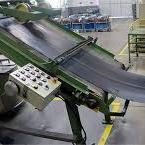 Nel corso degli anni 2000, l’eccesso di produzione derivante dall’industrializzazione delle estrazioni delle materie prime e l’efficienza aumentata delle lavorazioni, ha fatto si di abbattere i costi delle stesse. Questo ha disincentivato l’uso per fini economici della polvere riciclata per via dell’abbattimento dei prezzi del prodotto vergine.
Nel corso degli anni 2000, l’eccesso di produzione derivante dall’industrializzazione delle estrazioni delle materie prime e l’efficienza aumentata delle lavorazioni, ha fatto si di abbattere i costi delle stesse. Questo ha disincentivato l’uso per fini economici della polvere riciclata per via dell’abbattimento dei prezzi del prodotto vergine. 